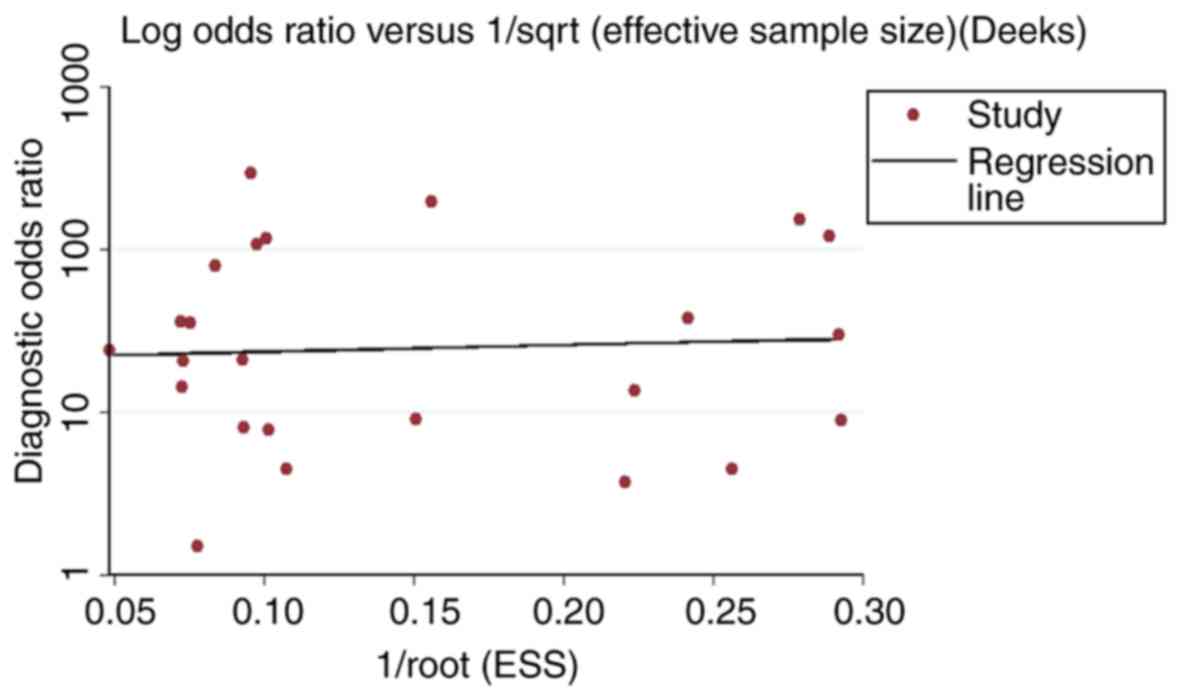

IGFBP7 for acute kidney injury in adults 4), prognosis (e.g., high-flow nasal cannula oxygen therapy in adults with acute hypoxemic respiratory failure 5) or any intervention, either preventive (e.g., prone position ventilation in patients with acute respiratory distress 6) or therapeutic (e.g., the use of fibrinolytics in acute myocardial infarction – AMI-7).

In theory, a systematic review can be applied to any research question, either on etiology (e.g., the association between body mass index and clinical outcome for patients with acute respiratory distress syndrome 3), diagnosis (e.g., the assessment of diagnostic accuracy of urinary TIMP-2 Currently, meta-analysis is restricted to the data analysis of a systematic review. 2 The unit of research is not the individual, but the research study. The Cochrane Collaboration defines “systematic review” as the synthesis of the results of several primary studies using techniques which decrease the risk of both bias and random error. It was coined by Glass in 1976 1 to define a pool of statistical procedures to combine the results of several studies addressing the same research question. The term “meta-analysis” was created before the concept of systematic review. La valoración de la heterogeneidad y del sesgo de publicación se ilustran con el mismo programa. Se describen los métodos más comunes para combinar estudios con efectos binarios (inverso de la varianza, Mantel-Haesnzel y Peto), y se muestra cómo hacerlo con comandos de Stata. Hay que reunir información sobre la calidad de los estudios, aplicando escalas validadas en las que deben constar preguntas específicas sobre los sesgos que pueden amenazar a la pregunta de investigación, por 2 investigadores independientes. La selección de los estudios debería hacerse por 2 investigadores independientes.
#PUBLICATION BIAS IN COMPREHENSIVE META ANALYSIS MANUAL#
Es obligatoria una búsqueda manual en la bibliografía de artículos, editoriales, revisiones, etc. La selección de los estudios supone la búsqueda en más de un repertorio en la web. La hipótesis ideal para una revisión sistemática es la generada por el material científico que no formará parte del metaanálisis. Assessment of heterogeneity and publication bias is also illustrated with the same program.Įn esta revisión se detallan los métodos habituales que se aplican en una revisión sistemática con metaanálisis. The most common procedures for combining studies with binary outcomes are described (inverse of variance, Mantel-Haenszel, and Peto), illustrating how they can be done using Stata commands. Such collection also should be carried out by two researchers on an independent basis. Data collection on quality of the selected reports is needed, applying validated scales and including specific questions on the main biases which could have a negative impact upon the research question. The selection of studies should be made by two investigators on an independent basis. A manual search in the references of articles, editorials, reviews, etc. The selection of studies involves searching in web repertories, and more than one should be consulted. The ideal hypothesis for a systematic review should be generated by information not used later in meta-analyses. In this review the usual methods applied in systematic reviews and meta-analyses are outlined.


 0 kommentar(er)
0 kommentar(er)
